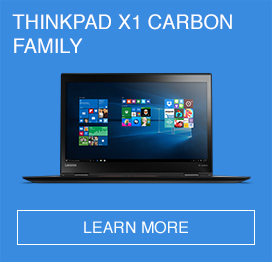Context is everything, right? Your phone would certainly agree…
As mobile devices become more pervasive and powerful, we are discovering new ways to interact with them. Controlling our devices has become faster and simpler, allowing us to be ever-more productive.
Using a swipe-style on-screen keyboard, for example, is a much faster way to enter a text message than using an old-style numerical keypad. It’s efficient enough that some users prefer them to physical keyboards, in fact.
The next step for mobile
Touchscreens have been a huge leap forward, but the next step will be true 3D touch. Motion sensors, pressure-sensitive screens, gyroscopes and even ultrasonic 3D systems (that use your device’s speakers and microphone to detect gestures in three dimensions) are set to take us way beyond ‘touch and drag’. And we’ve barely scratched the surface of what 3D cameras might let us do.
Voice control has similarly come a long way, with ‘digital assistants’ like Cortana, Siri and Google Now providing sophisticated natural-language control. Eye tracking is likely to be the next frontier – users will simply look at an item then tap anywhere on their screen to select it, for example.
Combining these technologies with accurate location data (measured by mobile tower usage and/or GPS) and real-time cloud applications is leading to some exciting new possibilities.
The keys to context
Contextual computing has been with us for some time now and it refers to applications and device states that make use of data about its location, orientation, currently running apps, hardware configuration, user profile and more to predictively enable or disable features, retrieve information and provide prompts to the user.
Lenovo has identified seven technologies that together hold the key to this new kingdom: mobile devices, social media, big data, sensor aggregation, location-based services, the maker movement and the barter economy.
Together, these will allow devices to communicate with each other in real-time, developers to create new apps and services, device manufacturers to create new interfaces and interaction models, and users to enjoy increased productivity and improved functionality.
What the future holds
The possibilities of context-aware mobile devices, and their benefits to productivity, are immense. How about meeting alerts that are location-aware so you’ll always receive a reminder with enough time to reach the meeting location, whether it’s across town or upstairs?
Or devices that allow you to edit images or manipulate information using just your hands, Minority Report-style?
For Lenovo, contextual computing is being woven into products in subtle ways. The ThinkPad X1 Carbon powered by Intel ® Core TM processors, for example, is subtly context-aware, featuring 10-finger touch and an adaptive keyboard that exposes different controls on its top row of keys depending on what application is open – browser controls for a browser, A/V controls if you’re using Skype and so on.
Lenovo is also working on the world’s first Project Tango-powered smartphone. Project Tango is a Google project that combines 3D motion tracking with depth sensing to allow your device to understand where it is and how it’s moving through space. Augmented reality, precise measurements in 3D space and indoor wayfinding are just the tip of the iceberg. No matter what the mobile device, the future will increasingly be held in your hands.
Lenovo® ThinkPad® and ThinkCentre® products, powered by Intel® processors, are optimised for long, worry-free hours of superior productivity. You build the business, let our technology do the rest. Speak with a Lenovo Business specialist to learn more.















